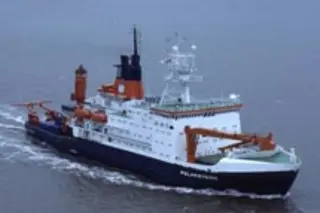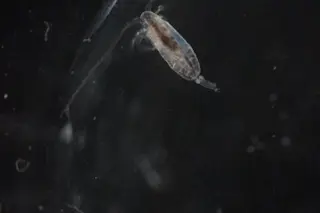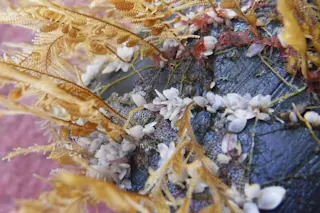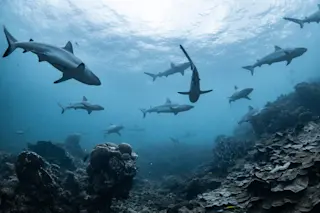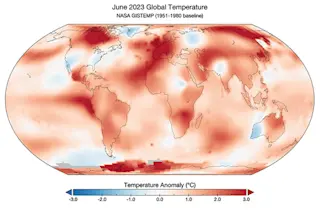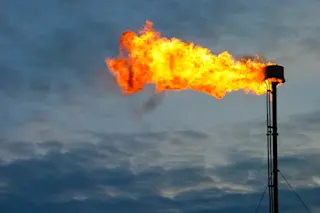A controversial geoengineering experiment that Greenpeace campaigned against (to little avail) has concluded, and researchers say their findings deal a major blow to the geoengineering technique known as ocean fertilization. As 80beats explained in January, the researchers dumped 20 tons of iron sulfate in the ocean near Antarctica in an effort to spur enormous blooms of phytoplankton, a type of algae; researchers theorized that when that plant life died and sank to the seabed it would lock away the carbon dioxide it had absorbed while growing. They hoped that widespread use of this technique could slow global warming. While the iron did prove an algae bloom, researchers involved in the Lohafex project found that little biomass sunk down to the sea floor. Their results, announced in a press release, suggest that
iron fertilisation could not have a major impact, at least in that region of the oceans. "There's been hope ...


